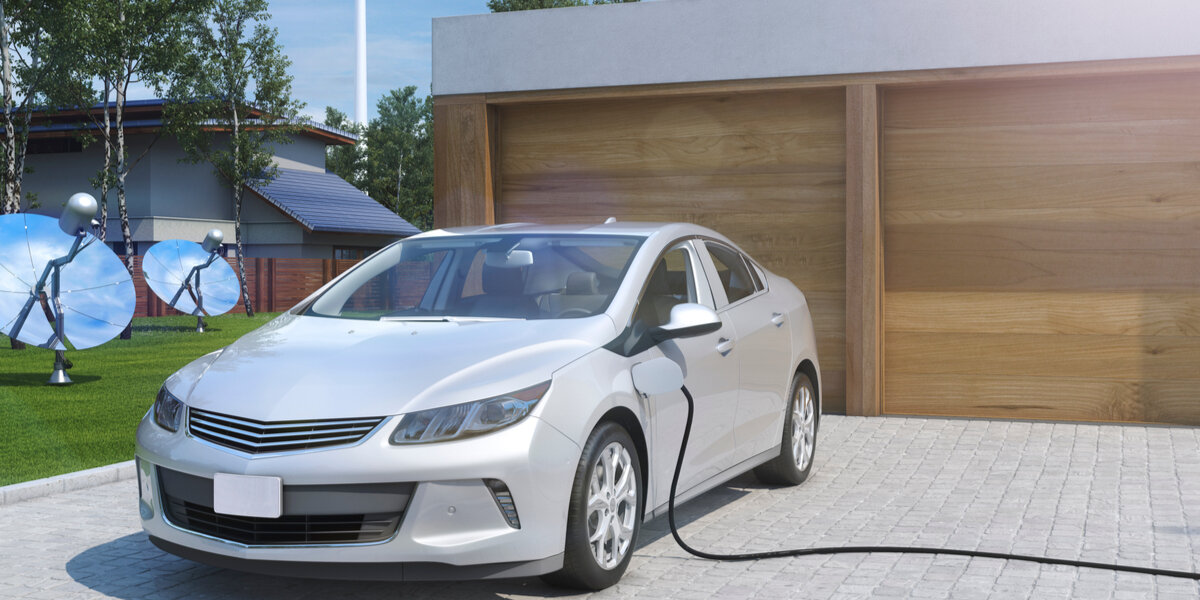Why Demand Flexibility Is Essential For Decarbonization
Let's Save Energy
Alliance to Save Energy's Blog
Why Demand Flexibility Is Essential For Decarbonization

Many conversations around decarbonization center on supply-side solutions, like switching from carbon-emitting sources to renewables, nuclear power generation, and storage. However, that’s only looking at half of the problem. Demand-side mechanisms like demand flexibility provide significant opportunities for decarbonization, particularly when implemented through an integrated Active Efficiency approach. Here’s how demand – how much energy is used and when it is used– affects decarbonization
Demand Flexibility is the name of the game
As more cities, states, and utilities commit to aggressive decarbonization goals, more renewables will come onto the grid. For a long time, the main barrier preventing the move toward renewable energy sources was their cost-competitiveness. However, with renewables representing 80% of all new electricity capacity, the challenge of renewable energy has shifted from cost of new generation to the question of how to integrate these variable resources into the grid. Variability causes periods of over and undersupply, and periods of negative energy prices – where clean energy generators have to pay consumers in other states to consume. For example, in California, 191 GWh of renewables were curtailed in April 2019, more than 2.5 times the amount curtailed in April 2018. Current projections indicate much higher levels of curtailment and system costs in the future.
These challenges indicate that enhanced demand flexibility is essential to transition to high levels of renewables at a reasonable cost and to fill the growing load balancing gap. For this to happen, demand flexibility, or the use of communication and control technologies to shift electricity use throughout the day, must evolve into a reliable resource that is incorporated into energy procurement and forecasting processes.
Demand Flexibility is the use of communication and control technologies to shift electricity use across time of day while maintaining (in some cases improving) the quality and value of end-use services (air conditioning, water heater, and electric vehicle charging).
Link between Demand Flexibility and Decarbonization
Decarbonization efforts are typically concentrated around interventions at the grid level – such as switching from a coal powered plant to solar. However, to achieve full decarbonization, it is going to take a whole ecosystem of resources both on the grid and behind the meter.
And when it comes to behind-the-meter interventions, simply saving energy isn’t enough anymore: it’s about saving energy at the right time. Cutting energy use when there is an abundance of renewable generation can make it necessary for grid operators to curtail renewables or pay consumers to use the excess electricity from renewable sources during this period – which could cause problems for the grid or raise consumer prices as associated costs are often passed on to ratepayers. On the other hand, reductions of load during peak periods can be a valuable grid resource and mitigate CO2 emissions substantially by reducing the amount of electricity needed from the dirtiest peak power plants. This is why modern demand flexibility focuses on time- and location-sensitive load shaping using a diverse set of solutions including energy efficiency, electrification, demand response, and storage. This set of solutions falls under Active Efficiency, which seeks to integrate the benefits of each individual approach in order to fully optimize energy use.
One challenge for deploying demand flexibility is that utilities have been reluctant to incorporate energy and cost savings from demand flexibility into their resource planning because in the past it was difficult to measure its value. Fortunately, it is now possible to measure savings with confidence using a combination of smart meter interval data, open-source methods, and algorithms that allow all parties to transparently monitor consumption data to create the demand-side equivalent of a standard for measuring demand flexibility.
The road to a decarbonized grid that incorporates renewables and distributed energy resources requires us to look at demand with an Active Efficiency mindset. Demand flexibility can be one of the most plentiful and lowest-cost solutions, but to reach the scale needed to have widespread impact, it must be treated like a resource and allowed equal access to markets like other distributed resources.
RECENT BLOG POSTS
STAY EMPOWERED
Help the Alliance advocate for policies to use energy more efficiently – supporting job creation, reduced emissions, and lower costs. Contact your member of Congress.
Energy efficiency is smart, nonpartisan, and practical. So are we. Our strength comes from an unparalleled group of Alliance Associates working collaboratively under the Alliance umbrella to pave the way for energy efficiency gains.
The power of efficiency is in your hands. Supporting the Alliance means supporting a vision for using energy more productively to achieve economic growth, a cleaner environment, and greater energy security, affordability, and reliability.



